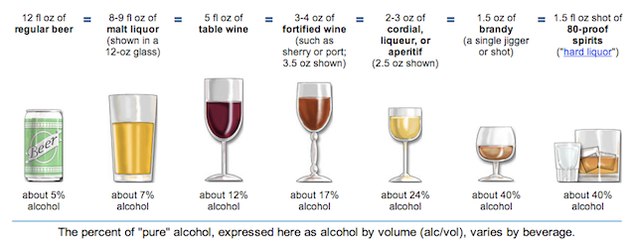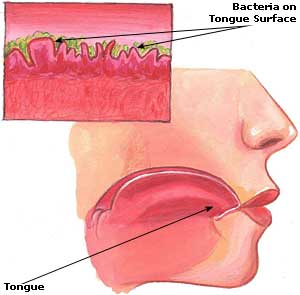
Ever since I was little I feel like my doctors have always told me to drink fluids. Like I was magically going to get better by chugging quart after quart of Gatorade. But why Gatorade? Does it really help you in your time of need or do moms just tell you that so you’ll think you’re getting better? Is Gatorade leading the nation in the most drawn on placebo effect? Let’s take a closer look.
Gatorade contains electrolytes which ordinary water does not. So while water replenishes your fluid loss, Gatorade can replenish fluids along with electrolytes. Lacking electrolytes can make a person feel even worse additionally to the sickness symptoms. For sicknesses that involve diarrhea or vomiting, Gatorade is very good for you. “The digestive fluids of your stomach and intestines contain high concentrations of electrolytes, specifically sodium, potassium and chloride.” Therefore, when a person throws up or excretes more than usual, they are losing a the digestive fluid and thus necessary nutrients. A study was done in 2006 by Dr. Satish Rao that showed people with a stomach virus “preferred the taste of Gatorade to an electrolyte beverage or an oral re-hydration solution.” So not only does Gatorade get the job done for replenishment, but is preferred to by sick people.
Gatorade is additionally helpful if you have a fever. “When you have a fever, you lose an extra 100 to 150mL of body water daily for every degree your temperature is above normal.” At any point however, you are not eating and drinking normally because of the illness, Gatorade is a good item to start putting into your sick diet. It goes down easily and helps revitalize you.
While of course Gatorade cannot replace modern medicine, it can help. Additionally, the 2006 study was not completely universal being that different people enjoy different tastes so Gatorade may make people more nauseous. It is also difficult to study whether Gatorade helps sick people because it is unethical to make people sick to simply watch their reactions to Gatorade. However, observational studies could be performed on people that are already ill if they are given Gatorade. What would be interesting to see as well is if ingesting Gatorade early on in a cold will help prevent anything.
Works cited:
http://www.livestrong.com/article/404617-is-gatorade-good-for-you-when-youre-sick/



















